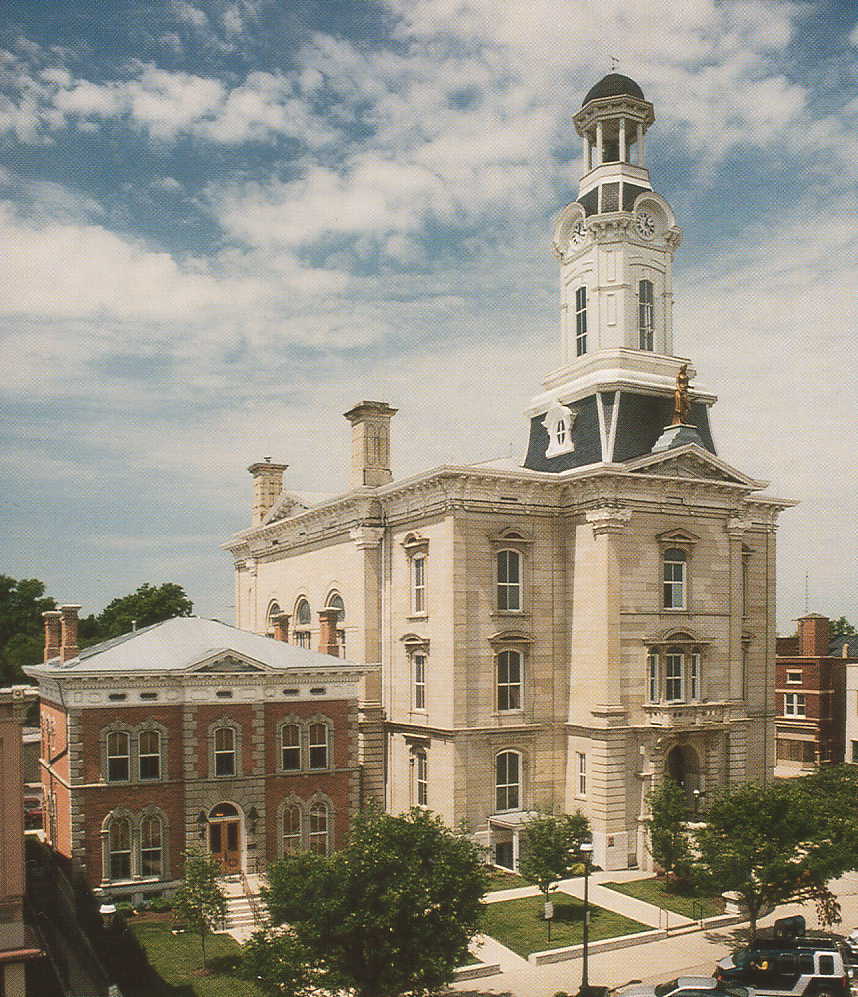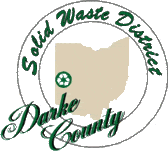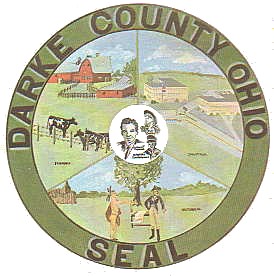What is a Solid Waste District?
In 1988, when stories of abandoned hazardous waste dumps filled our newspapers and out-of-state garbage threatened to fill up Ohio landfilles, the Ohio legislature decided to act to avoid a future waste disposal crisis in Ohio.
As a result, Ohio House Bill 592, the state's solid waste management law, was enacted. It requires Ohio's counties to take responsibility for planning adequate landfill capacity for their citizens and reducing the amount of trash disposed in landfills.
To do this, every county in Ohio is required to have a Solid Waste District, and a plan covering at least a fifteen year period, detailing how they will reduce the amount of solid waste disposed by their citizens and businesses.
Each district plan must contain specific programs for the reduction of:
household waste
industrial waste
household hazardous waste
yard waste
tires
The district's plan must be approved by the Ohio Enviromental Protection Agency and the cities, villages and townships located in the district. It is updated every five years with current information and new programs. Our current plan was approved in February 2009. Each year the district is required to report to the Ohio EPA the amount of progress made toward reaching the statewide goal of reducing or recycling 50% of the total waste generated in Ohio.
What Does the District Do for Darke County?
Since the approval of the district's first solid waste plan in 1993, the Darke County District has implemented a variety of recycling and waste reduction opportunities for Darke County citizens.
How Is the District Funded?
Ohio law allows solid waste districts to fund their recycling programs by collecting a fee on solid waste disposed in landfills and transfer stations. The law requires Ohio landfills and transfer stations to collect fees on behalf of districts and remit the fees monthly to the appropriate Solid Waste District.
The Darke County Solid Waste District is funded by a $6 per ton generation fee that is charged on waste originating in Darke County. The fee is collected at any landfill or transfer station in Ohio where Darke County waste is taken.
In order to fund educational programs and special waste reduction projects, the district also seeks out and applies for grant funds.
The district does not receive funding from the county general fund. Neither can district fees be used to support county activities. Fee revenue can only be spent on district activities.
Who Can I Contact for More Information?
The Darke County Solid Waste District office can provide more information on waste reduction programs, as well as speakers, literature and information on Darke County recycling opportunities.
District Coordinator
Darke County Solid Waste District
603 Wagner Ave; Suite C
Greenville, OH 45331
937-547-0827
937-547-1496
The District Policy Committee is a seven-member committee responsible for the development of the district plan and programs. Representatives include:
Michael E. Stegall, Chairman
Darke County Commissioner
Dr. Terrence Holman, Vice Chairman
Health Commissioner, Darke County
General Health District
Michael Bowers
City of Greenville Mayor
Thomas Hans
Butler Township Trustee
James Schaar
Darke County Environmental Council
Mike Stump
Community Representative
Lisa L. Garland
Director of Environmental Services, Wayne Healthcare
The district Board of Directors is responsible for implementing district waste reduction programs in accordance with the district plan. By Ohio law, the board consists of the Darke County Commissioners:

Diane L. Delaplane
Michael W. Rhoades
Michael E. Stegall


